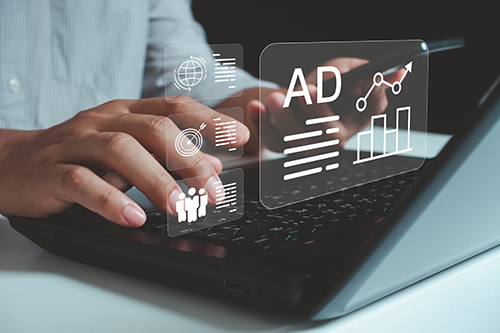
When you turn on the TV, are you watching a “TV” show – or are you clicking straight to the YouTube “app” on your smart television for a rerun or clip of your favorite show?
If you do, you’re not alone. CNBC recently reported that 10% of TV time comes through YouTube instead of traditional broadcast or cable providers. And it’s causing heartache for legacy television companies.
Unlike those legacy companies, YouTube’s business model is built on individuals creating and promoting their own content, competing side-by-side with major production companies. The benefit for the little guy – individuals as well as businesses and nonprofits – is that they can turn this “owned” media into “earned” media (press) and “paid” media (ads).
It’s a fascinating story about the fast-changing media industry. And it creates tremendous opportunities for marketing and branding teams.
The three kinds of media
There are three kinds of media. The most popular is paid – such as advertisements on highway billboards, in newspapers, and on digital platforms. You’re literally paying for access, which is a blessing and a curse – the Golden Rule applies, where the person with the most gold gets the best access.
The second-most popular is earned media, or press. You can’t pay for access, thus the name – you have to convince one or more gatekeepers that what you offer is valuable to the media outlet’s audience. The benefit here is third-party validation; the curse is that you’re often not the only person/organization saying similar things, so it can take time to build trust with both gatekeepers and end audiences.
The last kind – increasingly popular in the Internet era – is owned media. Social media platforms, websites, and podcasts have created this booming opportunity to share your unfiltered points of view, no gatekeeper or ad money required. The downside is that with no barriers to entry, you may just be talking to your parents and friends.
Surround-sound marketing & branding
All of these media approaches can be powerful independent tools. But together, they create surround-sound marketing & branding that creates many a variety of touchpoints to drive people into your sales funnel.
For example, a bank or grocery store may run a six-month radio campaign during prime drive time. This “paid” media will begin the process of branding the bank’s new investment platform and the grocery store’s organic section.
But the best campaigns take the ad value to the next level. Both companies will also put content on their websites and social media platforms, and the bank might have a webinar with key area investment partners while the grocery store hosts a webinar with the region’s doctors. Meanwhile, local media is covering the platform as valuable for retirees, and the organic section is being covered because it’s the first time that’s been offered at this legacy store.
A professional services company, meanwhile, may have a great opportunity to reach target audiences with a speech at a conference that is supported by sponsorship of the conference itself. But that speech can have a viral impact when it’s:
· Recorded and posted on the company blog and in the weekly e-newsletter.
· Repurposed for thought leadership essays and press pitches.
· Clipped for use on social media platforms.
And that’s what YouTube has done for itself and its users. It has taken other people’s owned media, wrapped it into its own brand, and is taking over the TV world.

